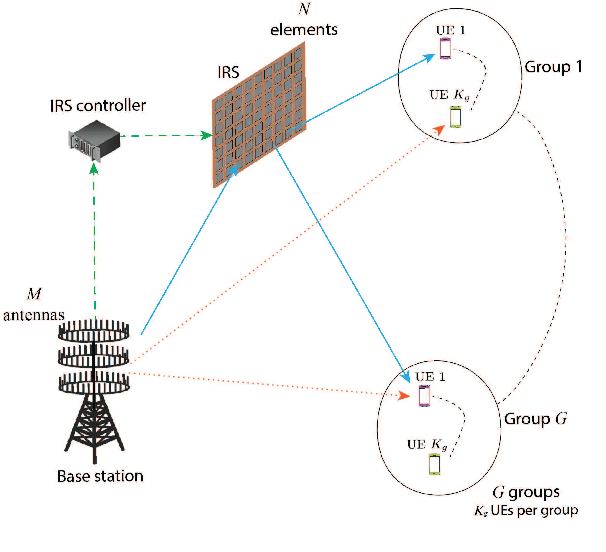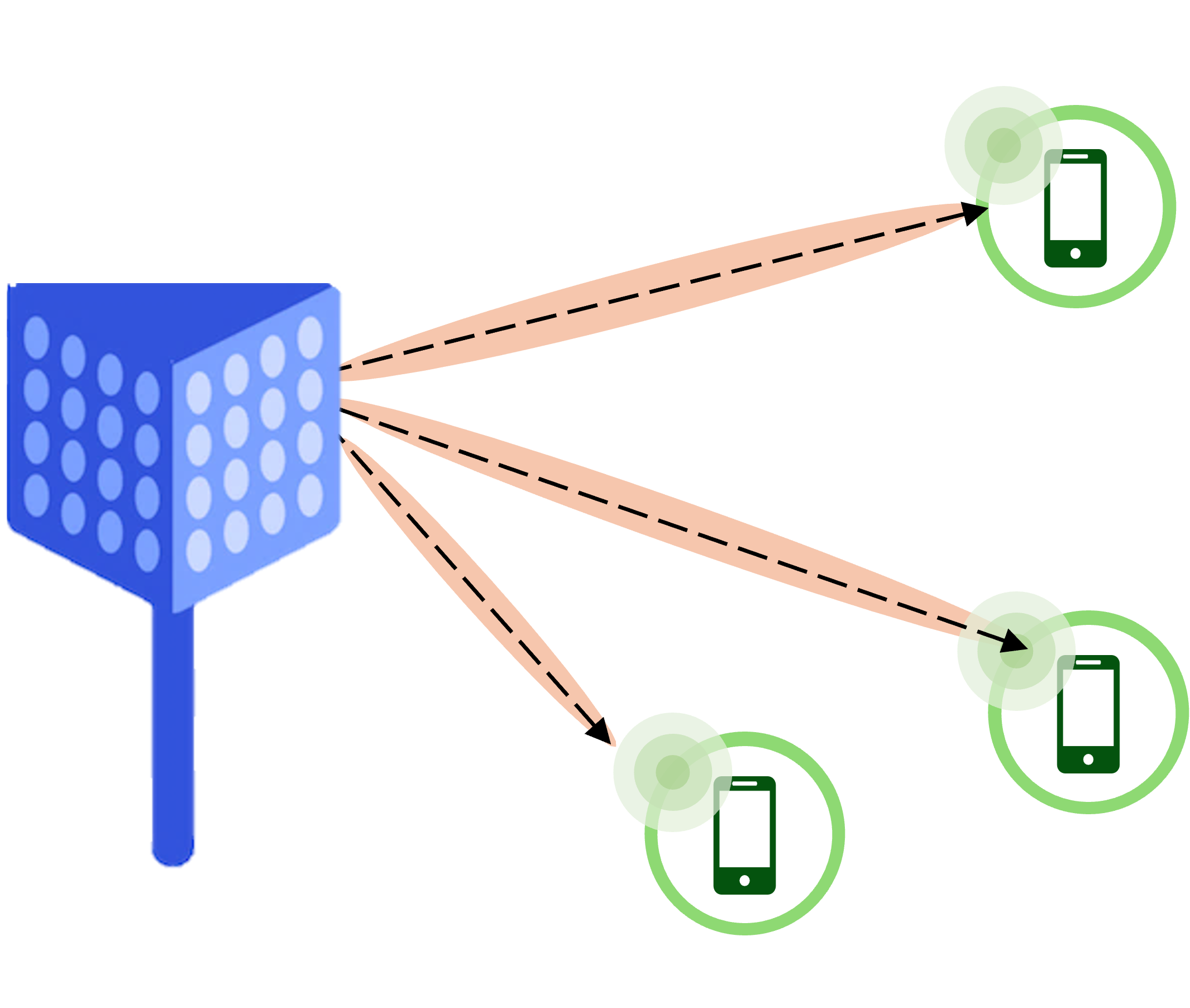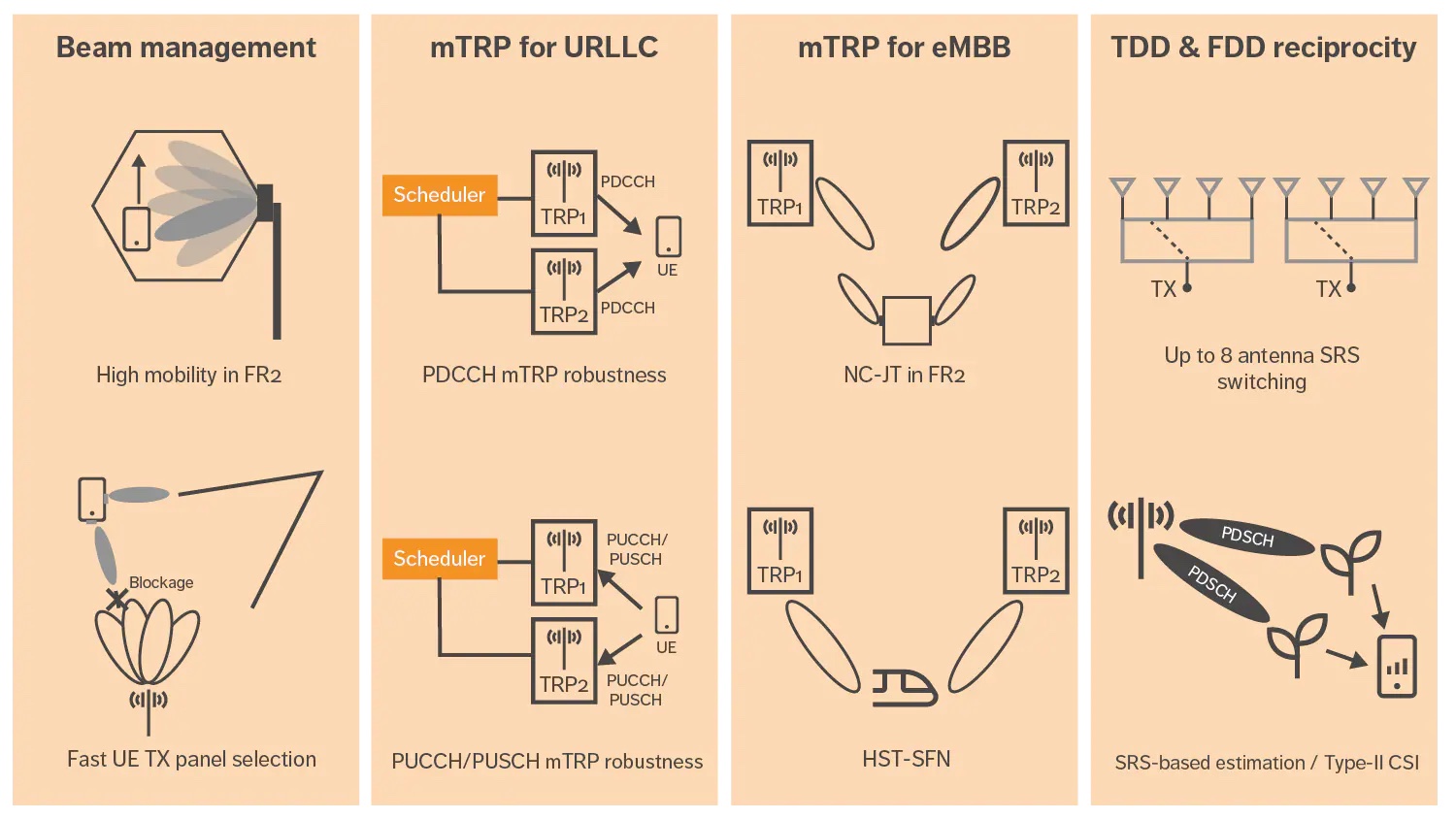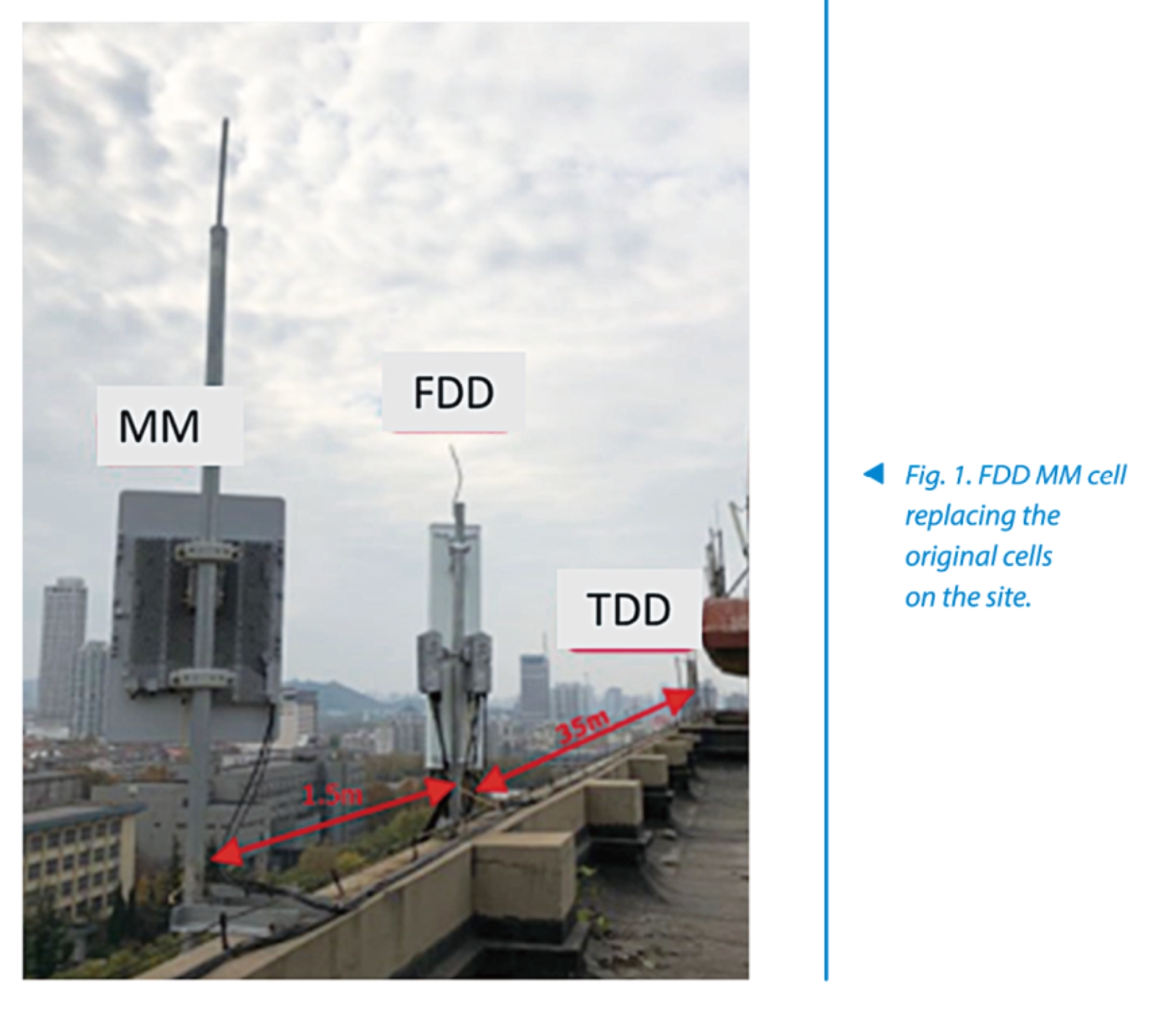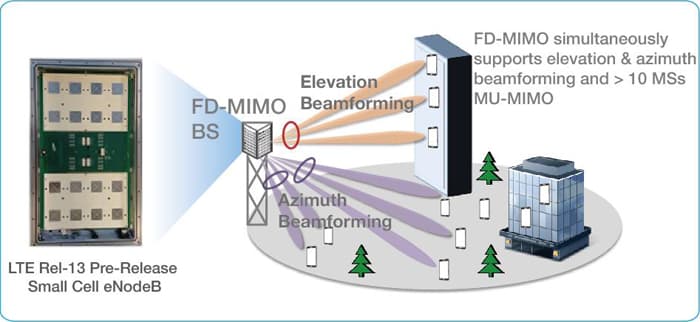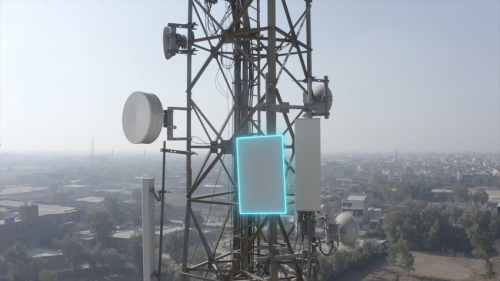Fire: Enabling Reciprocity For Fdd Mimo Systems
Imagine you're throwing a pizza party. You’ve got your friend, let's call him Freddie, who’s notorious for ordering the wrong toppings. He always ends up with pineapple on his pizza, even though nobody likes it!
Wouldn’t it be awesome if you could somehow magically know exactly what kind of pizza Freddie really wanted, before he even said it?
The Pizza Problem: Communication Breakdown
This is kind of like how our phones and cell towers talk to each other. They use these fancy radio waves, but sometimes the message gets a little… muddled. Especially when we're trying to send lots of data super-fast with something called FDD MIMO.
Think of FDD MIMO as sending multiple pizzas at once. More pizzas, more data, more yum! But it also means more chances for Freddie to order the dreaded pineapple pizza. It's a complex system.
Imagine the cell tower yelling, "Freddie, what kind of pizza do you want?!" and Freddie yelling back, "Surprise me!" That's helpful, right?
Enter Fire: The Mind-Reading Pizza Ordering System
Now, imagine a magical system called Fire. No, not the kind that burns your pizza (though sometimes Freddie’s choices make you want to). This Fire lets the cell tower almost read Freddie’s mind. It's about knowing what the channel is like in both directions.
It's all about reciprocity - if you know how well Freddie hears you, you can guess how well you're hearing him! Like knowing he usually grumbles about mushrooms, so you subtly suggest pepperoni instead.
Fire uses clever tricks and techniques to figure out the channel from Freddie back to the tower. That way, it can adapt and send the perfect data "pizza" tailored just for him, no pineapple needed!
Think of it like this: if you knew Freddie always exaggerated how much he loves olives, you could mentally subtract a few olives from his order and get the perfect balance. This is much easier with Fire.
So, How Does Fire Work Its Magic?
Okay, without getting too technical (because who wants to talk about math when there's pizza?), Fire basically looks for patterns. It finds shortcuts in the radio wave traffic.
It exploits the fact that the path signals travel often have similarities in both directions, even if the frequencies used are different. Like knowing the general direction to the pizza place whether you're walking or driving.
By cleverly analyzing the signals it sends to Freddie, Fire can make smart guesses about the signals coming from Freddie. It's like learning Freddie's pizza preferences just by watching his facial expressions.
The Benefits: More Data, Happier Customers (Less Pineapple!)
The cool thing about Fire is that it means faster downloads, smoother video calls, and fewer dropped connections. More data throughput and improved spectral efficiency are crucial.
It's like getting all your pizzas delivered hot and fresh, exactly the way you want them. Less buffering, more Netflix binging!
And most importantly, it prevents Freddie from accidentally ordering that pineapple pizza disaster. Everyone wins (except maybe the pineapple farmers).
Ultimately, Fire is all about making our wireless connections smarter and more efficient. It’s about enabling reciprocity in FDD MIMO systems for everyone's benefit.
It's about making sure everyone gets the right "pizza" at the right time, without any unwanted surprises. Think of it as wireless communication done right! So next time you're streaming a video or downloading a file, remember Fire and be thankful you're not getting pineapple on your pizza.
